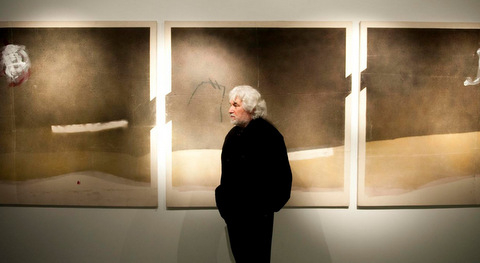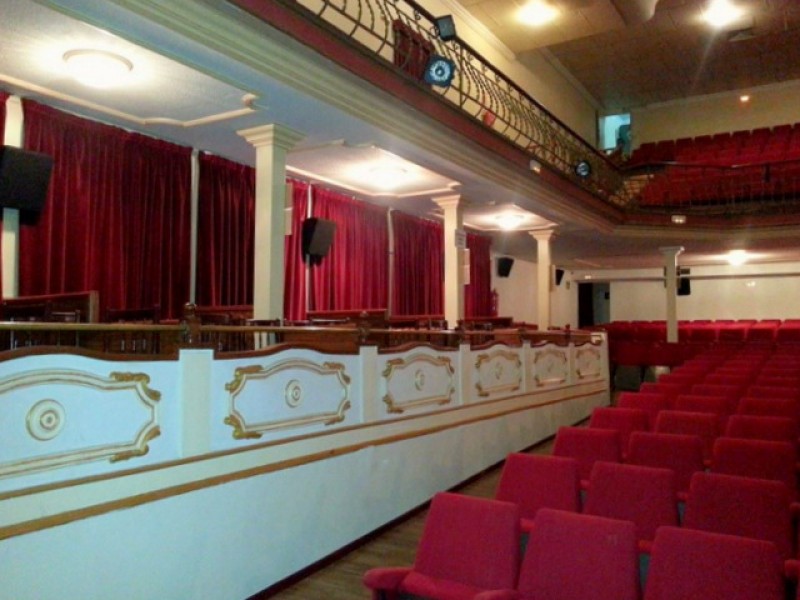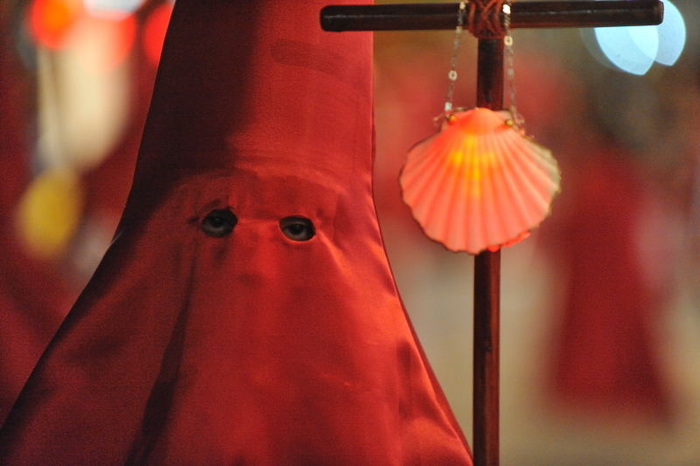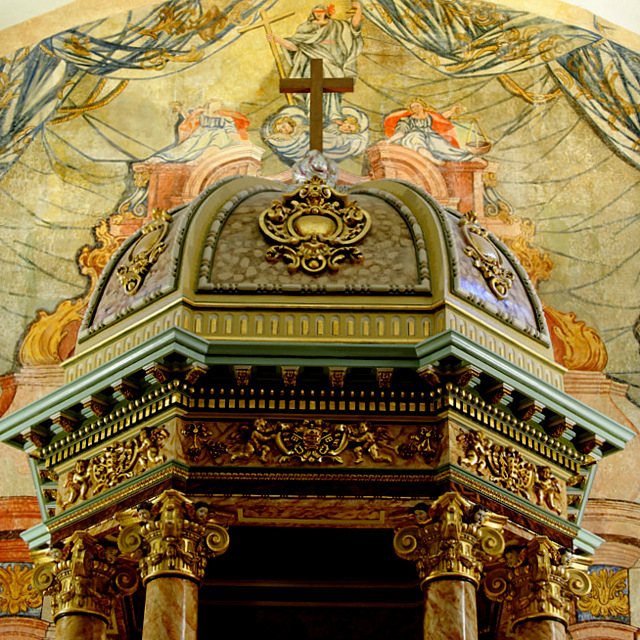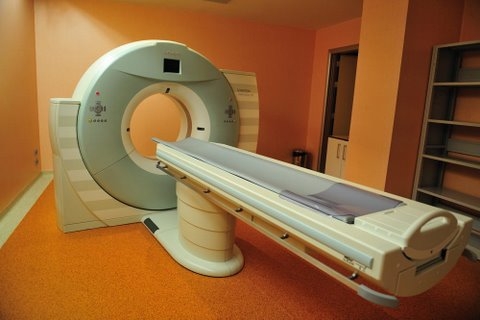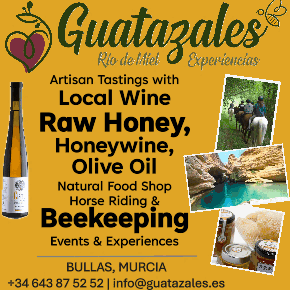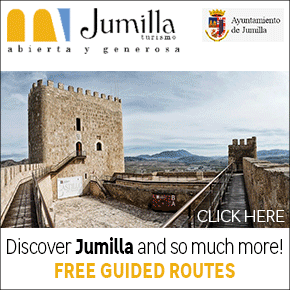- Region
- Águilas
- Alhama de Murcia
- Jumilla
- Lorca
- Los Alcázares
- Mazarrón
- San Javier
-
ALL AREAS & TOWNS
- AREAS
- SOUTH WEST
- MAR MENOR
- MURCIA CITY & CENTRAL
- NORTH & NORTH WEST
- TOWNS
- Abanilla
- Abarán
- Aguilas
- Alamillo
- Alcantarilla
- Aledo
- Alhama de Murcia
- Archena
- Balsicas
- Blanca
- Bolnuevo
- Bullas
- Cañadas del Romero
- Cabo de Palos
- Calasparra
- Camping Bolnuevo
- Campo De Ricote
- Camposol
- Canada De La Lena
- Caravaca de la Cruz
- Cartagena
- Cehegin
- Ceuti
- Cieza
- Condado de Alhama
- Corvera
- Costa Cálida
- Cuevas De Almanzora
- Cuevas de Reyllo
- El Carmoli
- El Mojon
- El Molino (Puerto Lumbreras)
- El Pareton / Cantareros
- El Raso
- El Valle Golf Resort
- Fortuna
- Fuente Alamo
- Hacienda del Alamo Golf Resort
- Hacienda Riquelme Golf Resort
- Isla Plana
- Islas Menores & Mar de Cristal
- Jumilla
- La Azohia
- La Charca
- La Manga Club
- La Manga del Mar Menor
- La Pinilla
- La Puebla
- La Torre
- La Torre Golf Resort
- La Unión
- Las Palas
- Las Ramblas
- Las Ramblas Golf
- Las Torres de Cotillas
- Leiva
- Librilla
- Lo Pagan
- Lo Santiago
- Lorca
- Lorquí
- Los Alcázares
- Los Balcones
- Los Belones
- Los Canovas
- Los Nietos
- Los Perez (Tallante)
- Los Urrutias
- Los Ventorrillos
- Mar De Cristal
- Mar Menor
- Mar Menor Golf Resort
- Mazarrón
- Mazarrón Country Club
- Molina de Segura
- Moratalla
- Mula
- Murcia City
- Murcia Property
- Pareton
- Peraleja Golf Resort
- Perin
- Pilar de la Horadada
- Pinar de Campoverde
- Pinoso
- Playa Honda
- Playa Honda / Playa Paraíso
- Pliego
- Portmán
- Pozo Estrecho
- Puerto de Mazarrón
- Puerto Lumbreras
- Puntas De Calnegre
- Region of Murcia
- Ricote
- Roda Golf Resort
- Roldan
- Roldan and Lo Ferro
- San Javier
- San Pedro del Pinatar
- Santiago de la Ribera
- Sierra Espuña
- Sucina
- Tallante
- Terrazas de la Torre Golf Resort
- Torre Pacheco
- Totana
- What's On Weekly Bulletin
- Yecla


- EDITIONS:
 Spanish News Today
Spanish News Today
 Alicante Today
Alicante Today
 Andalucia Today
Andalucia Today
HOME > MURCIA NORTH & NORTH WEST > MULA
town
Mula Today
Introduction to Mula
Mula is sometimes referred to as the gateway to the north-west of the Region of Murcia, its strategic location giving it historical importance from early pre-history.
It has a varied landscape. The rocky outcrops provide strategic defensive advantages, the fertile plains and forests give it agricultural importance, and the river and natural springs bring abundant life to the countryside. These natural advantages explain the presence of important archaeological remains dating from Pre-history (Cueva Antón, Abrigo del Milano), the Argaric Culture and, above all, the Iberian culture, which is represented at El Cigarralejo, an important settlement to which the Museo El Cigarralejo is dedicated.
These cultures were followed by the Romans, who produced olive oil and wine in the area, and the villa of Villaricos is a large-scale example of 2,000-year-old agriculture, complete with thermal baths. Then came the Moors, who built the town in its current position and also left behind the castle of Alcalá, high above the motorway heading towards Caravaca.
 Medieval Mula was dominated by the Fajardo family, who became the Marqueses de los Veléz and built the castle of los Veléz, which dominates the Mula skyline, above the historic old quarter with its grand palaces: these include the Casa Pintada, now an art museum housing a Foundation dedicated to internationally renowned artist Cristóbal Gabarrón.
Medieval Mula was dominated by the Fajardo family, who became the Marqueses de los Veléz and built the castle of los Veléz, which dominates the Mula skyline, above the historic old quarter with its grand palaces: these include the Casa Pintada, now an art museum housing a Foundation dedicated to internationally renowned artist Cristóbal Gabarrón.
The historic old quarter attracts a steady stream of visitors and the town is also renowned for its traditions, the best known being its "tamboristas" who drum in the annual Semana Santa (Easter) celebrations on the Noche de las Tambores, commemorated in the main town square in front of the main parish church of San Miguel with an imposing sculpture.
 Mula is also known for its devotion to the Niño de Balate, located in El Niño de Mula, which celebrates an annual Romería in September of every year, as well as other annual fiestas. Another important religious feature is the Santa Espina, a holy relic reputed to be one of the thorns from the crucifixion crown of Christ.
Mula is also known for its devotion to the Niño de Balate, located in El Niño de Mula, which celebrates an annual Romería in September of every year, as well as other annual fiestas. Another important religious feature is the Santa Espina, a holy relic reputed to be one of the thorns from the crucifixion crown of Christ.
The main economic activity is still agriculture, producing a mixture of dry crops including olives, wheat and grapes, as well as irrigated soft fruit crops, and the area is also the source of another important crop: energy, with new technologies creating an important solar power industry in the north-west and bringing employment in associated industries.
Part of Mula lies within the regional park of the Sierra Espuña and the municipality also boasts the mountains of Sierra del Cambrón and Sierra de Ricote, giving it a richly varied landscape, forests, plains, dry karst gullies, rivers and rich agricultural orchards, all creating rural tourism income.
Today Mula is home to around 17,000 inhabitants and is a busy, historic town with a bustling old quarter and a new town at its foot, providing a complete cultural offering and an annual programme of fiestas and celebrations.
Location
 Mula is located in the north-west of the Region of Murcia, forming part of the Comarca del Río Mula. It shares northern boundaries with Calasparra, Cieza and Ricote; to the east lie Ricote, Campos del Río, Albudeite and Alcantarilla, to the south are Librilla, Alhama de Murcia and Totana and to the west are Bullas, Cehegín and Lorca. In the centre is the smaller municipality of Pliego, surrounded completely by Mula.
Mula is located in the north-west of the Region of Murcia, forming part of the Comarca del Río Mula. It shares northern boundaries with Calasparra, Cieza and Ricote; to the east lie Ricote, Campos del Río, Albudeite and Alcantarilla, to the south are Librilla, Alhama de Murcia and Totana and to the west are Bullas, Cehegín and Lorca. In the centre is the smaller municipality of Pliego, surrounded completely by Mula.
Click for map, Mula, Murcia
More information can be found by using the headings below, which provide details about the places to visit, local news and what’s on information.
Details about other municipalities can be found via the map box at the bottom of every page and the in the north-west Murcia section, which gathers together local news, community info and what’s on for the whole of the north and north-west of the Region.

Escape to the Honey River and Guatazales for a unique pre-Christmas experienceBook your tasting experience or beekeeping workshop before December 17 or gift an unforgettable 2026 adventure The team at Guatazales wants to wish all their guests and customers a wonderful Christmas and a Happy New Year filled with the same peace.. 03/12/2025
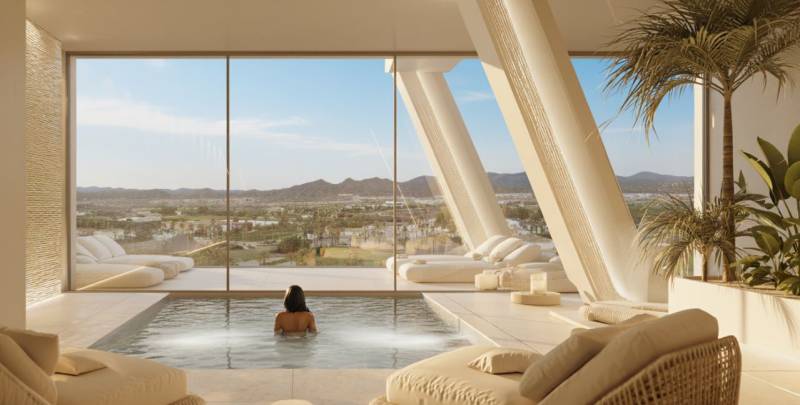
The Art of Living in Spain introduces the WOW Longevity Hotel Apartments, a new investment-led tourism conceptYour chance to get in on one of Murcia’s most exciting new investment opportunities On 28 November, The Art of Living in Spain is set to unveil its WOW Longevity Hotel Apartments, an investment-driven tourism project operated under a hotel.. 24/11/2025
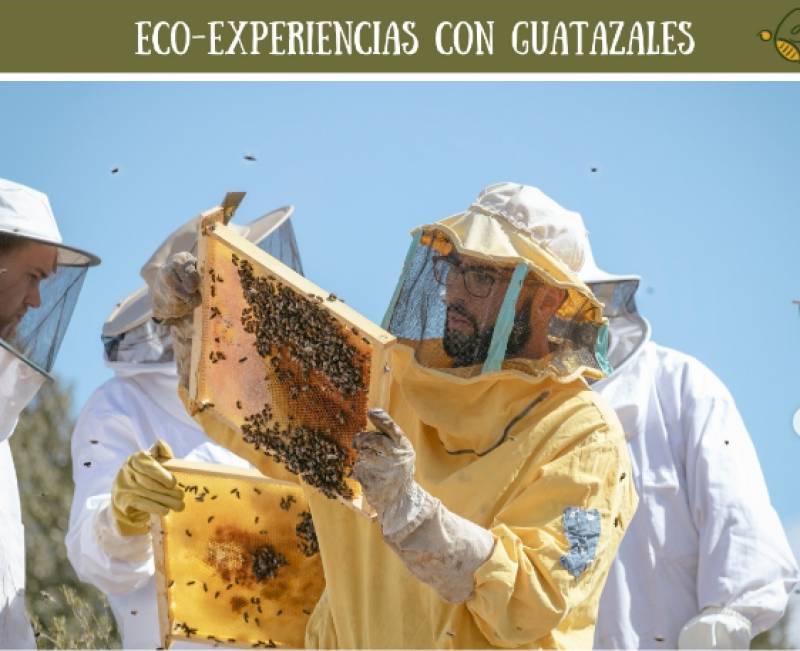
Guatazales in Bullas: Where regenerative farming brings the ancient River of Honey back to lifeMeet the happy bees, taste award-winning organic produce and reconnect with nature in the mountains of northwest Murcia Guatazales sits in one of the most magical and mysterious corners of the Region of Murcia, along what is known today as the Rí.. 06/11/2025
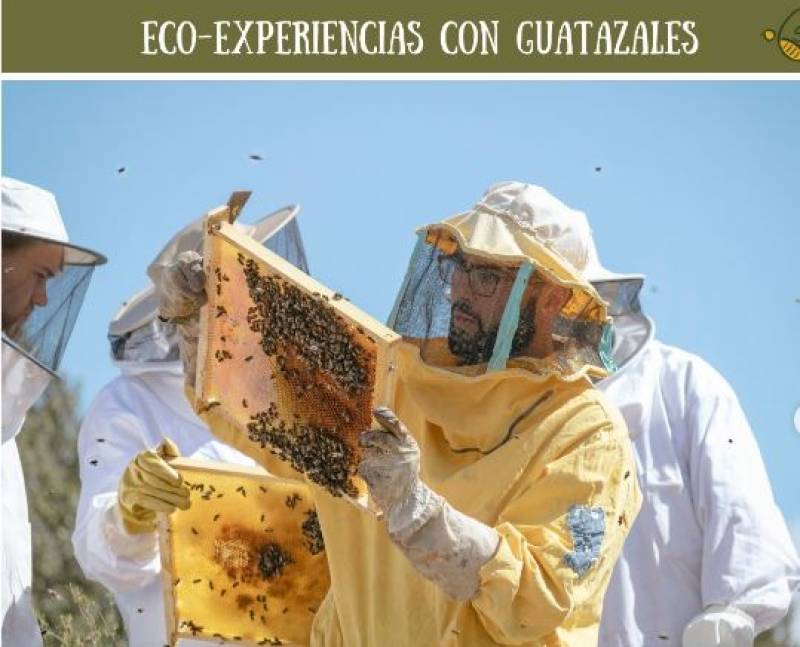
Round off summer with unique experiences and activities at Guatazales, BullasExplore the fascinating world of beekeeping, sample incredible wines, olive oil and honey or immerse yourself in nature Summer may be drawing to a close, but at Guatazales in Bullas there is still so much to discover. Known for its regenerative organic.. 22/09/2025
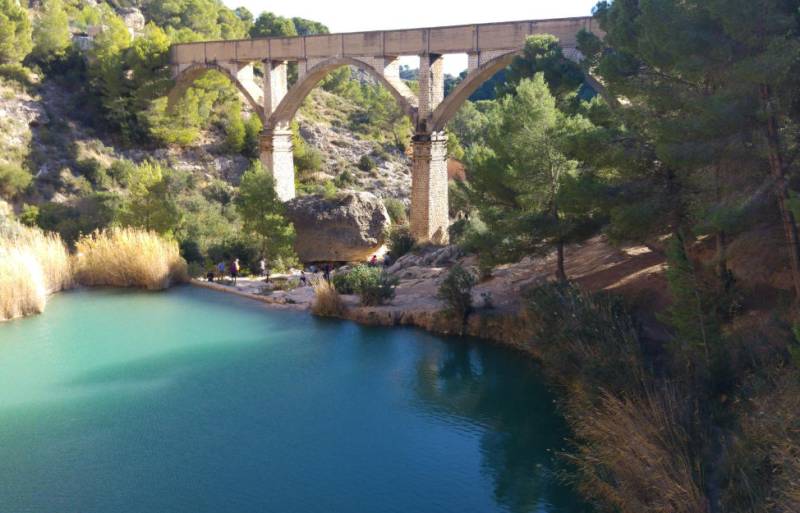
9 natural swimming pools in inland Murcia!Northern Murcia is dotted with heavenly locations in water ranging from jacuzzi temperature to icy cold! We are now in the middle of the “dog days” of summer, the month from mid-July to mid-August when the heat is relentless, the beaches are more..
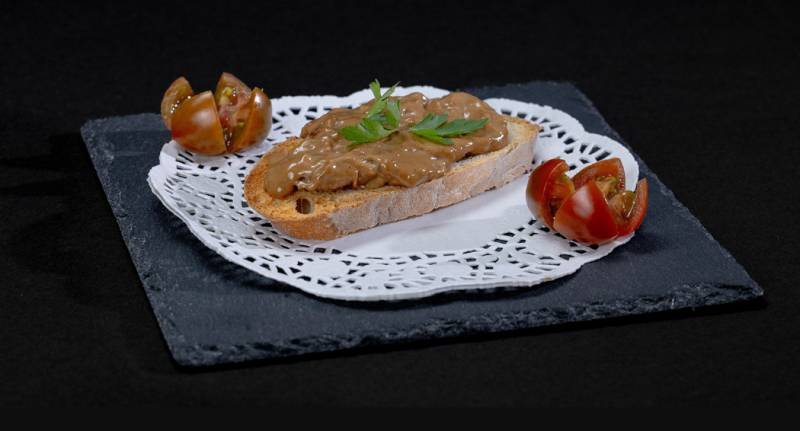
Taster menu on a short walk in Caravaca de la Cruz for just 16 euros!Enjoy the city centre as you discover some of the favourite snacks of Caravaca! In 2025 the Town Hall of Caravaca de la Cruz has joined forces with local restaurants to launch a series of five easily affordable gastronomic routes in and around the city under..
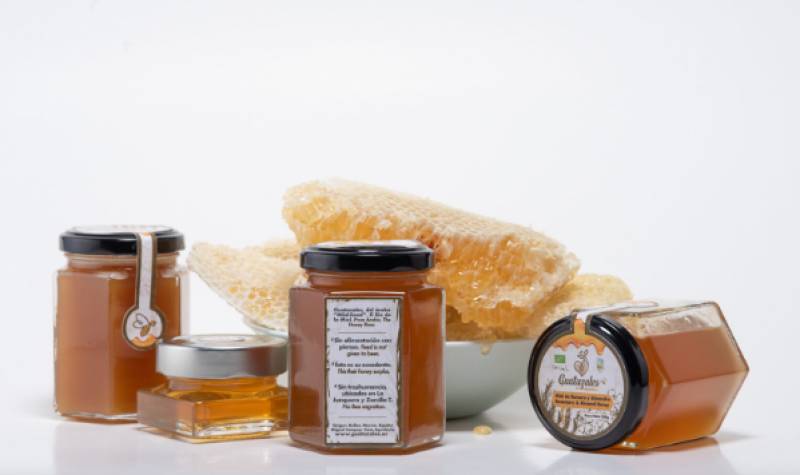
Guatazales honey: The gourmet gold made by 'happy' bees in MurciaDiscover unique honey, wine and life-changing experiences at Guatazales in Bullas You won't find these jars on supermarket shelves. The honey produced by Guatazales in northwest Murcia isn't just sweet; it's gourmet, rare and already catching.. 15/05/2025
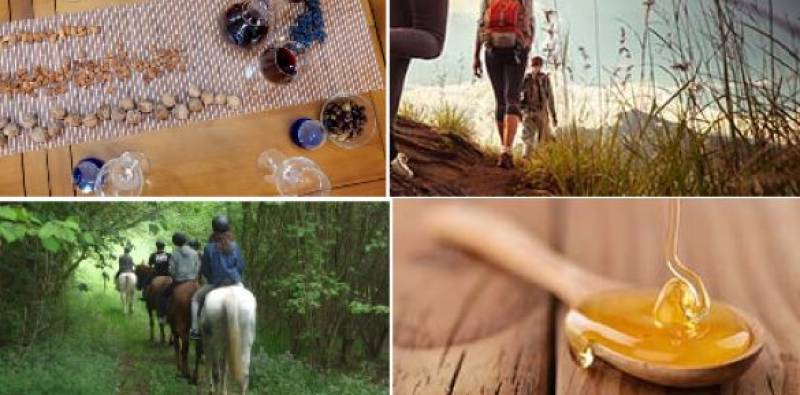
Affordable wine experiences, honey tastings, horse riding and more rural tourism in Bullas from GuatazalesBook a rural retreat holiday or activity in northern Murcia with Guatazales, the wine, honey and experience specialists for tourists More and more, people who come to visit Spain are looking for alternative experiences and events based around food..
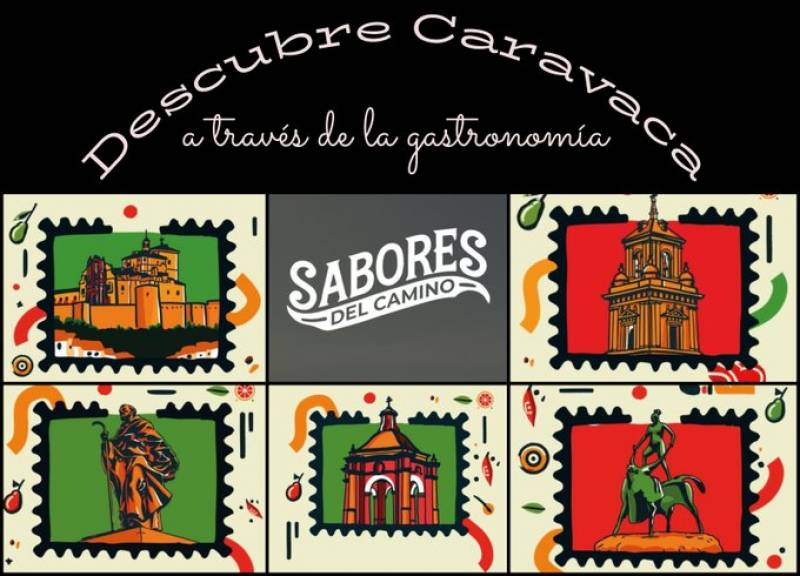
Sabores del Camino gastronomy route in Caravaca de la CruzLocal restaurants in and around Caravaca join forces to promote their mouth-watering specialities! A new initiative launched by the Town Hall of Caravaca de la Cruz has gained the support of 30 local bars and restaurants, all keen to promote their culinary..
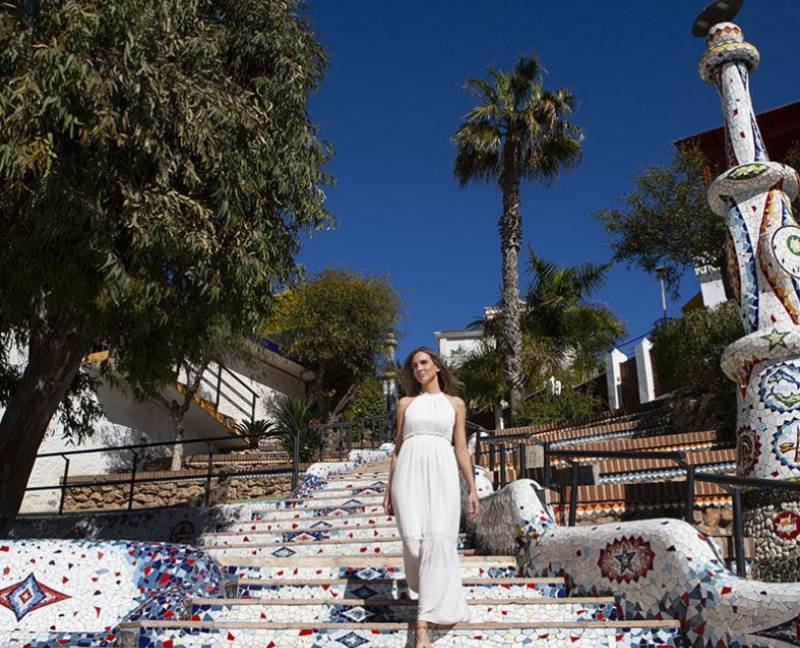
5 of the lesser-known beauty spots in the Region of MurciaWhere to go to create slightly different memories of a trip to the Costa Cálida! Most visitors know about 3 or 4 of the most popular tourist attractions and beauty spots in the Region of Murcia, with thousands flocking all year round to the Cathedral..
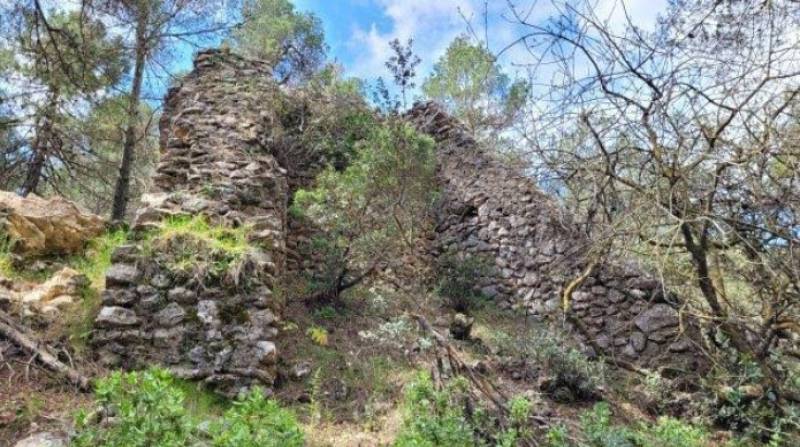
PR-MU 131 Sendero Baldomero Brugarolas – Camino histórico al Pozo de la Nieve de las Ánimas hiking route in Alhama de Murcia and Sierra EspuñaA 16-kilometre hike in Alhama which climbs from 200 m above sea level to almost the height of Ben Nevis! The latest hiking route to be fully signposted and included in the regional register of Murcia is a very testing one of 16 kilometres from the town centre..
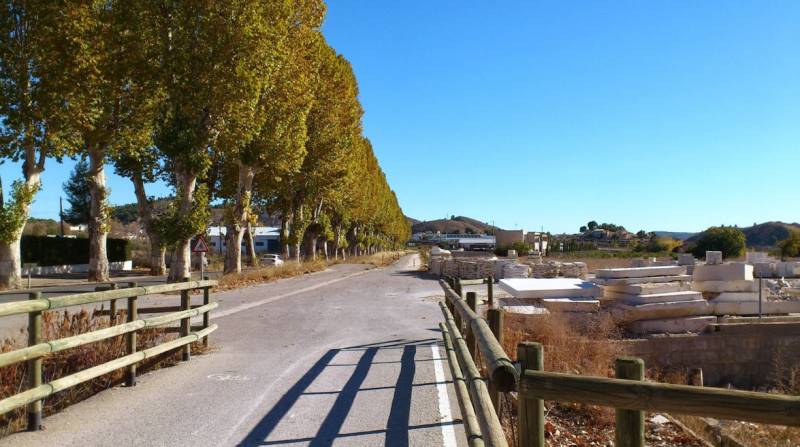
The Vía Verde del Noroeste greenway and Caravaca de la CruzA 78-kilometre hiking and cycling route full of beautiful scenery and cultural and historical significance The Vía Verde del Noroeste (the Greenway of the North-west) is one of the most important ecological routes in the Region of Murcia and is also..
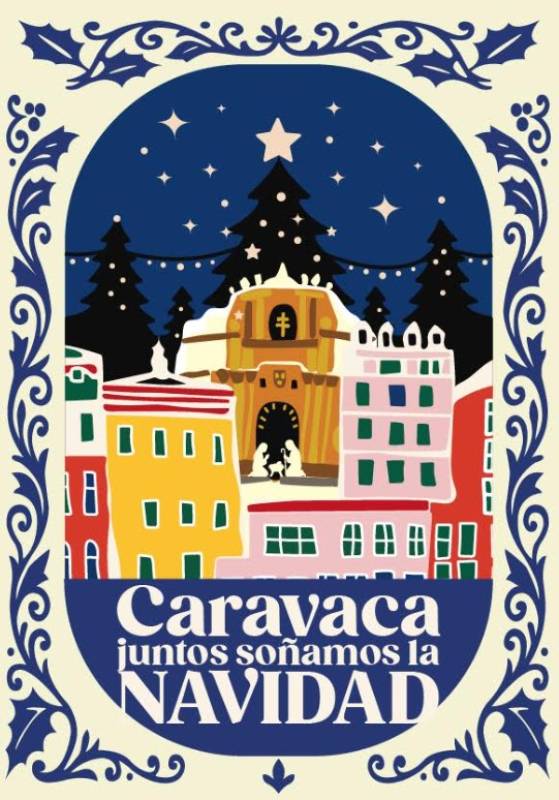
Until January 5 Christmas, New Year and Three Kings in Caravaca de la Cruz 2025-26Concerts, shows, Santa, New Year and of course the Three Kings parade in Caravaca The Christmas celebrations in Caravaca de la Cruz, the capital of the north-west of the Region of Murcia, are something of a nostalgic throwback to the “true” Christmases..
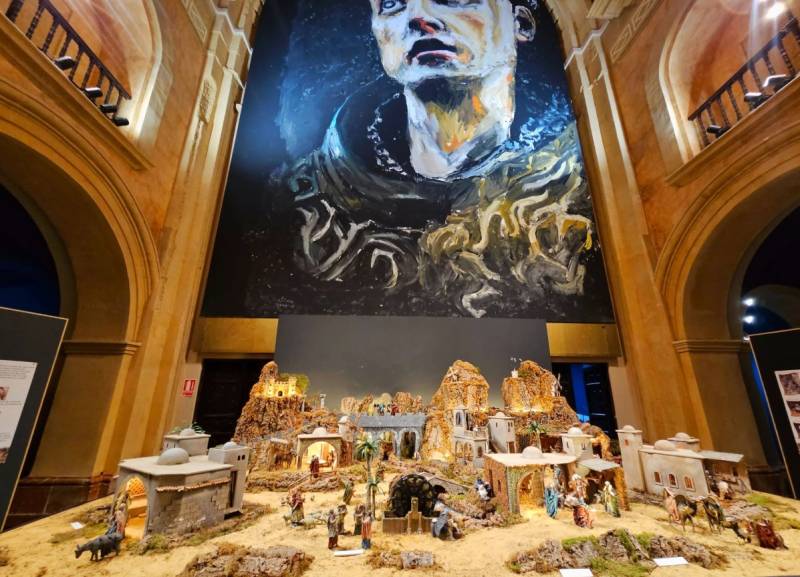
Until January 5 The municipal nativity scene in Caravaca de la CruzOver 400 figures in the tableau on display at the former church of the Compañía de Jesús The municipal nativity scene in Caravaca de la Cruz is one of the most impressive in the Region of Murcia, consisting of more than 400 figures distributed..
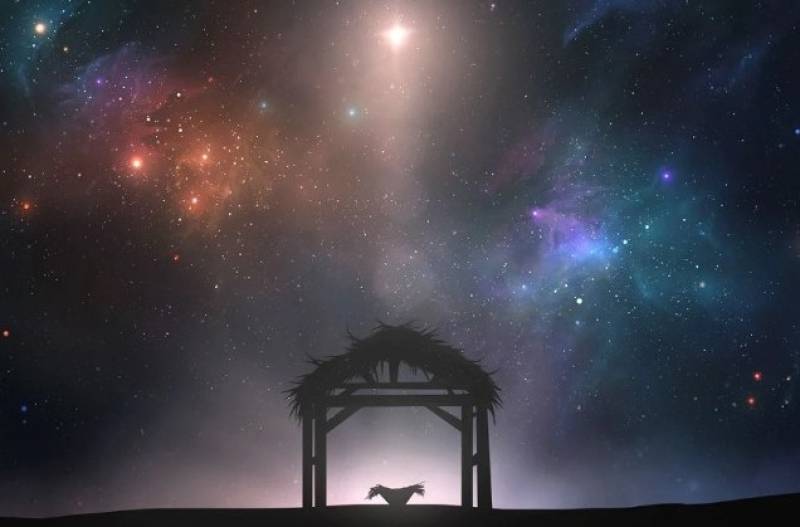
January 3 The Star of Bethlehem astronomy event in the countryside of CaravacaTras la Estrella de Belén in the Caravaca village of La Encarnación The Town Hall of Caravaca de la Cruz and Astroversia offer you this chance to put yourself in the shoes (or sandals??) of the Three Kings as they scanned the night sky and followed..
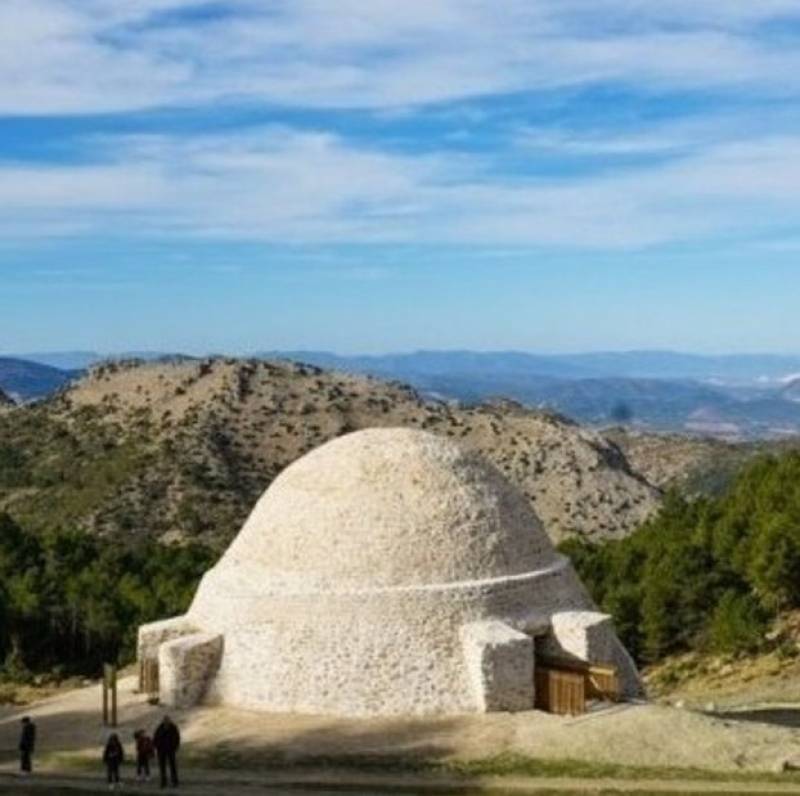
January 4 Guided visit to the snow wells of Sierra EspuñaThe restored snow wells in Alhama and Totana show how ice was created and stored for the city of Murcia in the past This unusual tour takes visitors to the snow wells near the highest point of the Regional Park of Sierra Espuña, centuries-old structures..
Contact Murcia Today: Editorial 000 000 000 /
Office 000 000 000
News Mula
Whats On Mula
Where To Go Mula
Andalucia News Mula
Alicante News Mula
Lifestyle Mula
Spanish News Mula
Property Listings Mula
Weather Mula
Spanish Lifestyle Mula
Spanish Travel & Tourism Mula
Spanish Arts & Culture Mula
Spanish Weather Mula
Andalucia Weather Mula
Andalucia Lifestyle Mula
Andalucia Travel & Tourism Mula
Andalucia Arts & Culture Mula
Alicante Whats On Mula
Alicante Where To Go Mula
Alicante Lifestyle Mula
Alicante Weather Mula
Alicante Property Mula
Property News Mula
Motoring & Travel Mula
Spanish Property News Mula
Car Sales Mula







